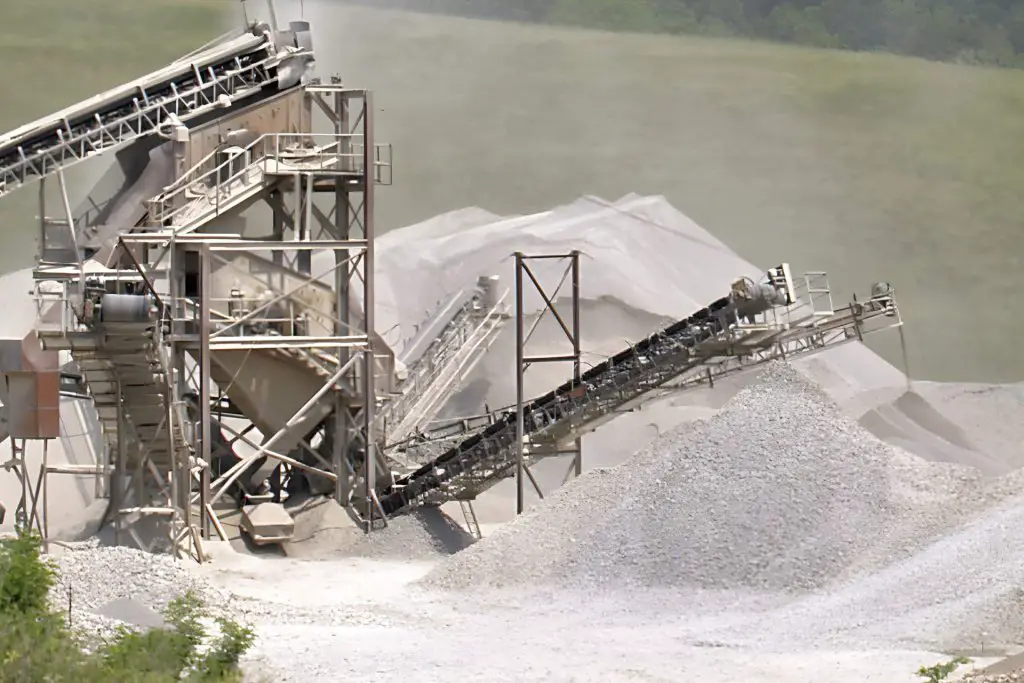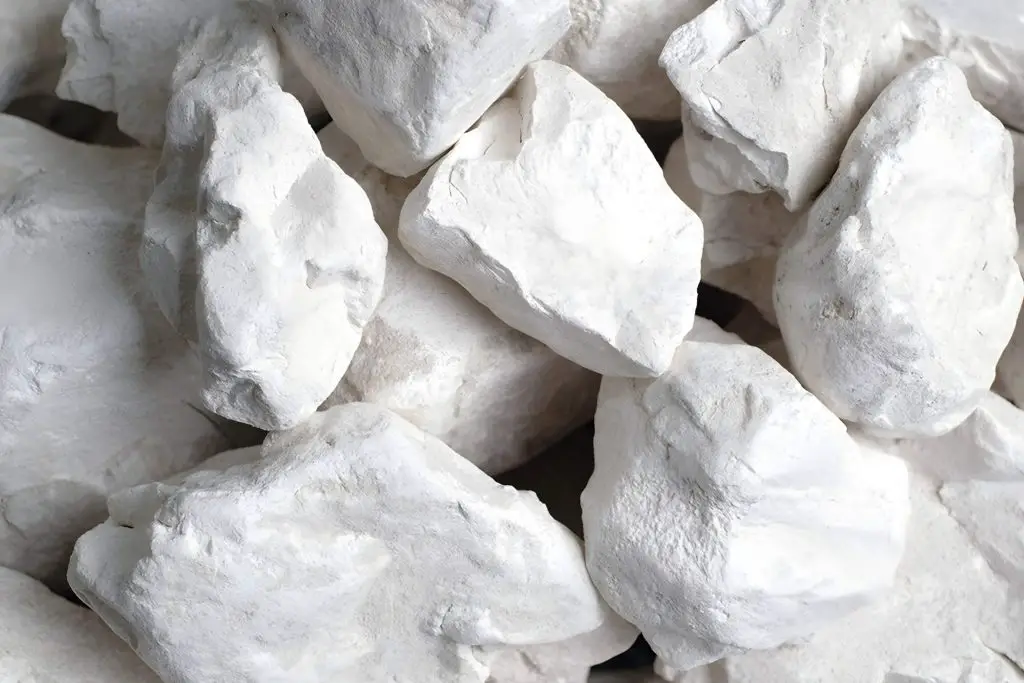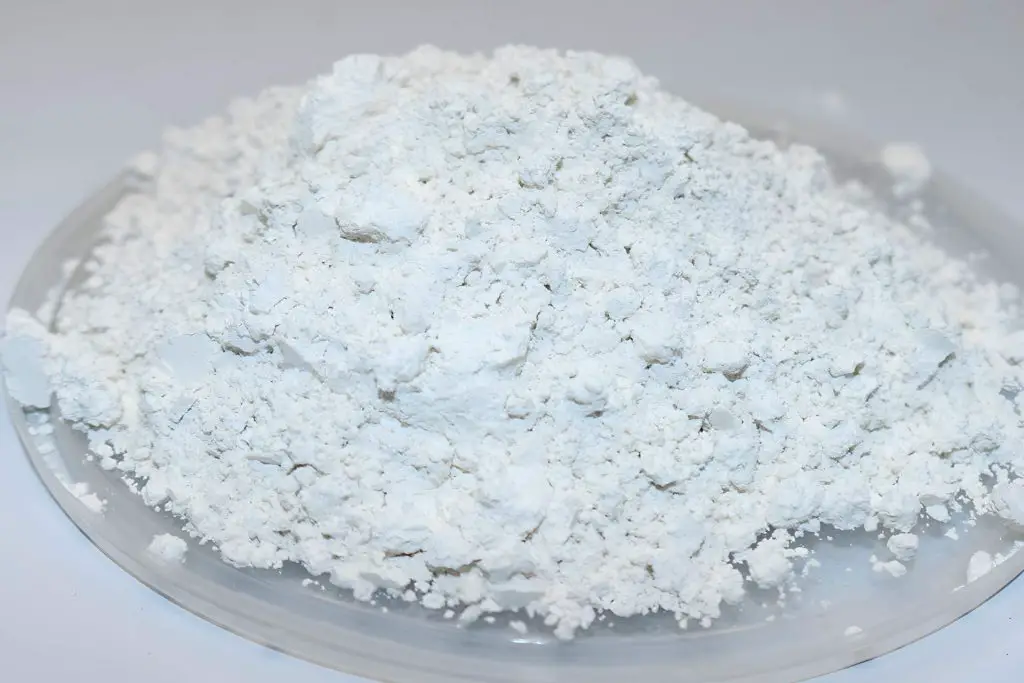Can Lime Be Classified as Organic Fertilizer? What Are the Benefits of Adding Lime to Soil?
Lime, or calcium oxide as it is sometimes known as, is a natural material that comes from limestone. There is some debate on whether it should be considered an organic material and it is often misconstrued as a fertilizer. Whilst this debate is interesting unless you are pursuing a pure organic growing strategy, the more important question is whether lime is actually any good for your garden?
In fact, as we shall see lime is an incredibly useful material. It is particularly beneficial in helping control acidity levels in soils, especially those with high amounts of sulfur dioxide. Because of its calcium and magnesium content lime can also help make plants stronger and healthier. Below, we will look at how and why lime works, how to apply it, and how to assess the quantity needed.
Lime is an inorganic material that contains high levels of calcium and varying levels of magnesium, dependent upon the type. It is commonly used in farming and in gardening as a soil amendment as it helps reduce acidity and improve soil structure. Lime cannot however be classified as an organic fertilizer as it is neither organic nor fulfills the requirements of a fertilizer in that it doesn’t contain carbon-hydrogen bonds and lacks primary nutrients.
What is Lime?

Lime is an inorganic material composed primarily of calcium oxides, and calcium hydroxide and is sometimes referred to as calcium oxide.
Lime occurs when limestone is heated to extreme levels. This often happens as a result of coal-seam fires that occur below the earth’s surface and in altered limestone xenoliths in volcanic ejecta. The International Mineralogical Association recognizes lime as a mineral with the chemical formula of CaO.
Lime comes in two main forms one is calcitic lime and the other is dolomite lime. Calcitic lime is generated mostly from calcium carbonate deposits whereas dolomitic lime is made from calcium carbonate deposits mixed with magnesium carbonate and has substantially greater magnesium values.
Is Lime an Organic Fertilizer?
Lime is an abundant natural material found all over the world and has no added chemicals. However, although natural in nature it does not make lime a truly organic material. To be organic the material must process carbon-hydrogen bonds which lime doesn’t. Whilst there is some debate on the exact definition of what defines an inorganic material, as far as the US Department of Agriculture is concerned, it cannot be truly classed as organic and it prohibits the use of lime for Certified Organic Producers.[1]
The second area of concern is whether lime is a fertilizer. Lime does not contain any of the three main nutrients, Nitrogen, phosphorous, and potassium, which are associated with fertilizer. It does though, contain calcium carbonate and magnesium carbonate which are both valuable soil amendments.
In truth, therefore, it is difficult to classify lime as either organic or fertilizer but rather as just a soil amendment. This of course does not prevent non-organic farmers or you yourself from using it in your garden. Indeed, there are considerable advantages to using the material because of the benefits that it can provide.
Information About Organic Fertilizers & Lime
Organic fertilizers are made from materials such as plant matter, manure, compost, peat moss, seaweed, and wood chips amongst many others. These fertilizers are considered “natural” because they are made from ingredients derived directly from living organisms. In contrast, synthetic fertilizers are man-made, usually containing nitrogen, phosphorous, potassium, calcium, magnesium, sulfur, and trace elements.
Lime is a naturally occurring rock that contains many minerals, including calcium carbonate. Lime is used to improve soil structure and pH levels. However, it does not add key nutrients to the soil, nor does it provide nitrogen. Instead, lime helps the soil retain moisture and increases air circulation.
When you apply either organic or inorganic fertilizer to your lawn, garden, or flowerbed, you’re applying a combination of water, oxygen, and nutrients. When fertilizer is mixed into the soil the nutrients become available to plants.
Various Types of Lime

Lime is used extensively in agriculture. There are several types of lime, one being powdered limestone and the other being a liquid amendment. Each type contains calcium carbonate which is essential for plant growth. Limestone is an important mineral for plants and animals and in addition, helps prevent soil erosion.
Quick Lime
Quick lime is very caustic, and should never be mixed (or used together) with fertilizers. It reacts with acids in the soil and turns them into calcium hydroxide. This makes the soil less acidic. If you use quick lime too frequently, you could end up creating a layer of quick lime over the surface of the soil. This could prevent roots from penetrating deeply enough to access nutrients.
Slaked Lime / Liquid Lime
Slaked lime is a mixture of ground limestone and water that dissolves quickly in water since it is constructed of a high-quality lime with tiny particle size. When slaked lime is added to the soil, the soil absorbs moisture and reduces acidity. It is particularly effective in most vegetable gardens where pH levels need to be slightly above pH 7.0. Liquid lime is often used because of the speed of working and ease of use
Dolomite Lime
Dolimite lime is often used in preference to calcitic lime because of its elevated levels of magnesium. In plant tissue, magnesium is the center core of the plant’s chlorophyll tissue which enables the plant to absorb light. As a consequence, if magnesium levels are low, chlorophyll levels may also be low, resulting in poor and restricted plant development. Magnesium also aids in the activation of particular enzyme systems of the plant.
Why Should Gardeners Use Lime?
Lime is an important soil amendment for gardening. It helps to manage pH levels and is often used to treat acid soil, which can impact the availability of nutrients for plants. Lime is also used to help with soil structure as it can improve drainage and aeration in the soil.
Lime can also be used as an insecticide and fungicide and help to control pathogens, weeds, and pests[2] making it a versatile material for a gardener to have.
Nature and Cause of Soil Acidity
Acid soil can be a problem for many plants as the acid can inhibit the nutrient uptake in the plant preventing it from thriving, reducing yield, and in the worst cases killing some types of plant. There are several causes of soil acidity both natural and man-made. The main natural causes are the decay of organic material and rainfall, whilst man-made causes included nitrification and crop growing.
The soil becomes acidic when the number of acidic cations such as hydrogen and aluminum exceeds the number of alkaline cations such as calcium, magnesium, and potassium.
The most common natural cause is probably rainfall. Rainfall tends to wash away the salts such as calcium and magnesium from the soil more readily than acidic cations like aluminum and hydrogen. Over a period of many years, this causes the soil gradually to become acidic.
The second cause is the decay of organic matter. As the batter decays it increases the levels of hydrogen and adds carbon dioxide. This reacts with the moisture in the soil producing carbonic acid. Carbonic acid can also be introduced to the soil through rain where carbon dioxide mixes with moisture in the atmosphere which in turn causes the rain to contain carbonic acid, one form of acid rain.
In terms of man-made causes, the most common cause is nitrogen leaching from fertilizers. Over time the soil becomes acidic when ammonium in the fertilizer reacts with nitrates in the soil.
Crop production can also be a major cause of acid soil. This is due to the crops absorbing the calcium and magnesium cations as opposed to the acidic cations leaving the soil acidic. It has to be noted though that there are some plants, such as blueberries, cranberries, blackcurrants, and squash, just to name a few, that like and thrive in acidic soil to varying degrees.
Why Lime is used to Neutralize Soil Acidity
Liming is a method of neutralizing soil acidity. A limed soil contains more lime than normal soil. The high levels of calcium and magnesium produce more alkaline cations bringing the soil pH levels back it to balance.
The amount of lime needed depends upon the type of soil and its level of acidity. For example, clay soils require less lime than sandy soils do as sandy soils have a reduced buffering capacity, which thus holds lower levels of calcium and magnesium, due to fewer exchange sites. With sandy-type soils, therefore, you find you have to lime the soil more regularly to keep it in balance.
In addition, the amount of time required varies depending on how much acidity there is in the soil. More lime is needed when the pH level is lower than 5.5.
Using Lime to Change the Acidity Level of Soil

Soil pH is one of the most important factors affecting plant growth. As we have discussed, a high level of acidity reduces the availability of nutrients such as phosphorous, potassium, magnesium, and calcium. This makes it harder for plants to absorb water and nitrogen.
If you are looking to grow vegetables, fruits, or flowers, you will need to know how much lime or manure to add to the soil. Lime helps to reduce the amount of acidity in the soil while manure increases the amount of carbon dioxide in the air around the plants. Carbon dioxide is crucial to allowing photosynthesis to occur where plants use sunlight to convert carbon dioxide into carbohydrates.
The amount of lime or manure needed depends on several factors including the type of crop you wish to grow, the climate conditions, and the soil composition. It is important to test the soil to find out the correct pH level so that you can adjust. As a rule of thumb if your pH level is above 5.5 you would look to add between ½ and 2lbs per square foot. If your pH is below this you may have to add more.
If using lime powder this should be turned into the soil. If using a liquid lime amendment it should seep into the soil naturally.
Main Benefits of Adding Lime to Soil
- Magnesium and calcium supplementation.
- Creating and sustaining good soil structure.
- Lime promotes root and crop growth.
- Encourages the accumulation of organic matter.
- Preventing heavy metals in the soil from affecting plant roots.
- Helps make soil nutrients available to plants.
- Reduces nutrient loss due to leaching.
- Lime reduces acidity.
Signs that You May Need to Apply Lime
There are several signs that you might need to add lime to your soil, however, it is always advisable to test your soil regularly for nutrient and pH levels. This can be done with a digital soil tester or by using soil testing kits.
Indicators that your soil needs lime:
- Leaves turn a yellowish green color
- Soil is clay or sandy in type.
- A pH level below 6.2
- Fertilizer not having the expected effect
- Acidic odor
- Poor drainage
It is necessary to apply the appropriate amount of lime every growing season. Too much or too little lime though can affect the growth of plants.
Applying Too Much Lime to the Soil

Applying too much lime to soil can be as bad as having acidic soil. Excess lime can cause the soil to become alkaline which in turn prevents plants from absorbing nutrients, even if the minerals are there. In addition, you can also get a build-up of excess salts in the soil. Plants suffer from stunting and leaf yellowing as a result of these circumstances. The veins of the leaf are often green even when the leaves become yellow.
Alkaline soil will generally lead to poor plant health and low crop yield. On the contrary, applying too little lime makes the soil acidic and reduces the absorption of nutrients. Therefore, you must pay attention to how much lime to apply with each application, and regularly test the soil.
Plants That Mainly Benefit from Lime
Lime is one of the most essential elements in gardening in that it can help balance the pH of your soil, introduce and replenish levels of calcium and magnesium, and help turn other nutrients into accessible forms.
There are certain plants that really like soil that has been recently limed. these include broad beans, cabbage, corn, celery, asparagus, and generally other leafy green plants and vegetables.
Summary: What Are the Benefits of Adding Lime to Soil?
As we have seen lime although it would be an incredible stretch to call it an organic fertilizer it is still a natural product and is an incredibly useful soil amendment to have on hand.
It serves to rebalance any acidity in the soil and will help improve drainage and aeration of the soil, particularly useful if you are faced with heavy clay soils.
The question of whether as an organic gardener you should use lime will depend largely on how flexible your definition of organic can be to grow organic produce as although inorganic it is still a natural substance.
Notes:
[1] U.S. Department of Agriculture: Organic 101: Allowed and Prohibited Substances
[2] Science Direct: Bruce G. Miller, Lime Sulphur
